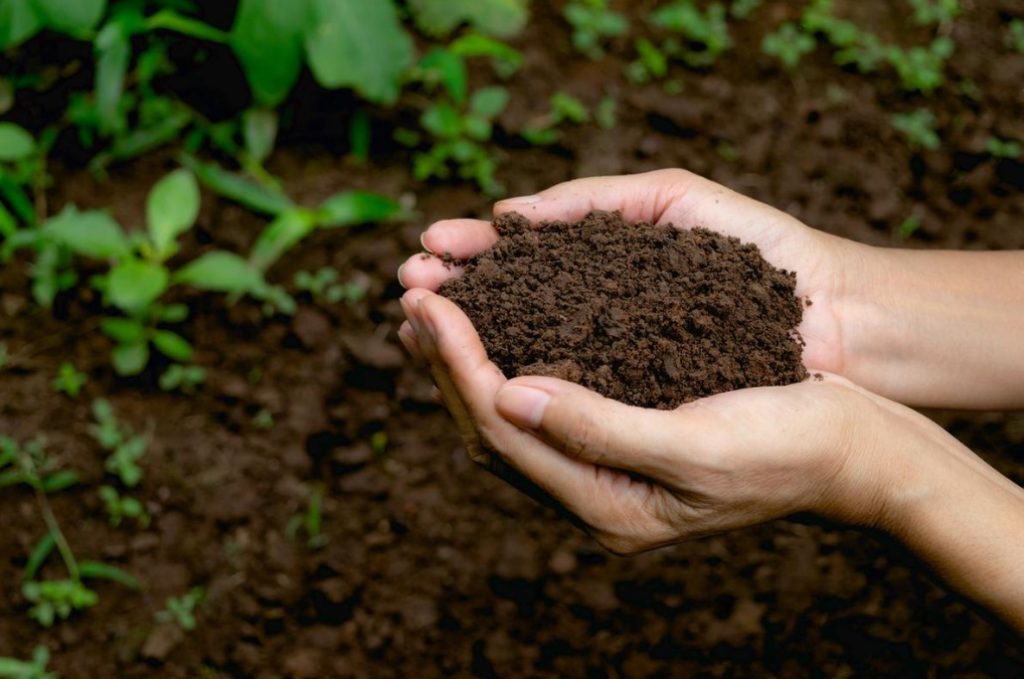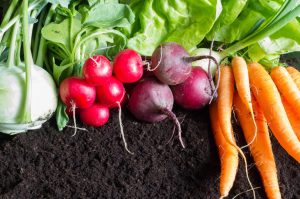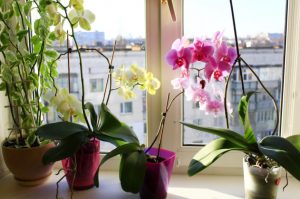Any soil consists of three parts — mineral, organic and microbiological. Only with their optimal combination can we talk about soil fertility. If you do not take into account any of these factors, then an amazing thing happens — no matter what correct agrotechnical techniques are applied by an Amateur on their site or an agronomist on a large farm, the responsiveness of cultivated plants to all these actions will be sadly low.
And one of these factors is the soil biota — all that huge amount of bacteria, fungi, algae that play the role of laboratory assistants, reagents and catalysts in a stunning natural laboratory. Their number in a well-cultivated soil can reach several billion per 1 g of substrate, and the total mass-up to 10 t/ha.
The practical result of research and scientific work in the field of soil Microbiology is the directed functioning of microorganisms to increase soil fertility. By micro-organisms we often mean bacteria, although fungi and lower plants also play a very important role in ensuring the biological activity of the soil. What useful bacteria are most often the objects of close attention of scientists, developers and technologists? Let’s get to know them better.
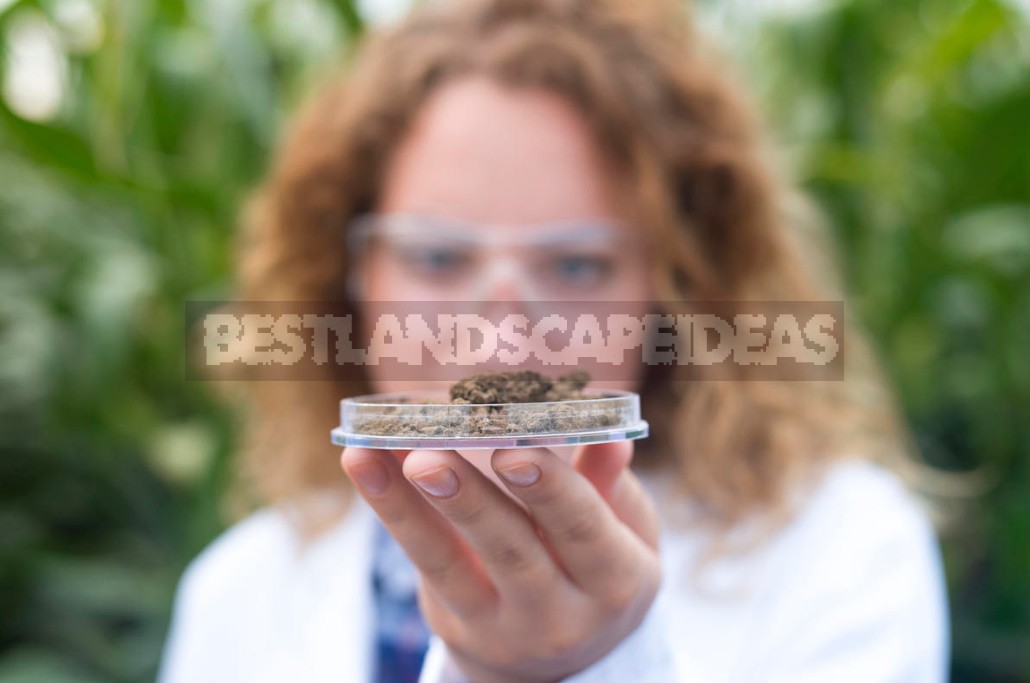
Protects plants from many diseases
Bacillus subtilis is an amazing bacterium. It was the Creator of the theory of panspermia, Francis Crick, who predicted it in the seeds of life because of very persistent spores. This bacterium can be found in water, air, and soil. It is extremely adaptable to changing conditions. This feature was explained when scientists decoded the genome of B. subtilis. During the research, a large set of transport proteins was found, indicating the flexibility of the interaction of this bacterium with the environment.
This useful bacterium is a real worker, it is able to synthesize more than 70 antibiotics. The action of many of them is directed against pathogens of dangerous plant diseases. Therefore, B. subtilis is readily used as the main component of microbiological preparations for the treatment of garden plants.
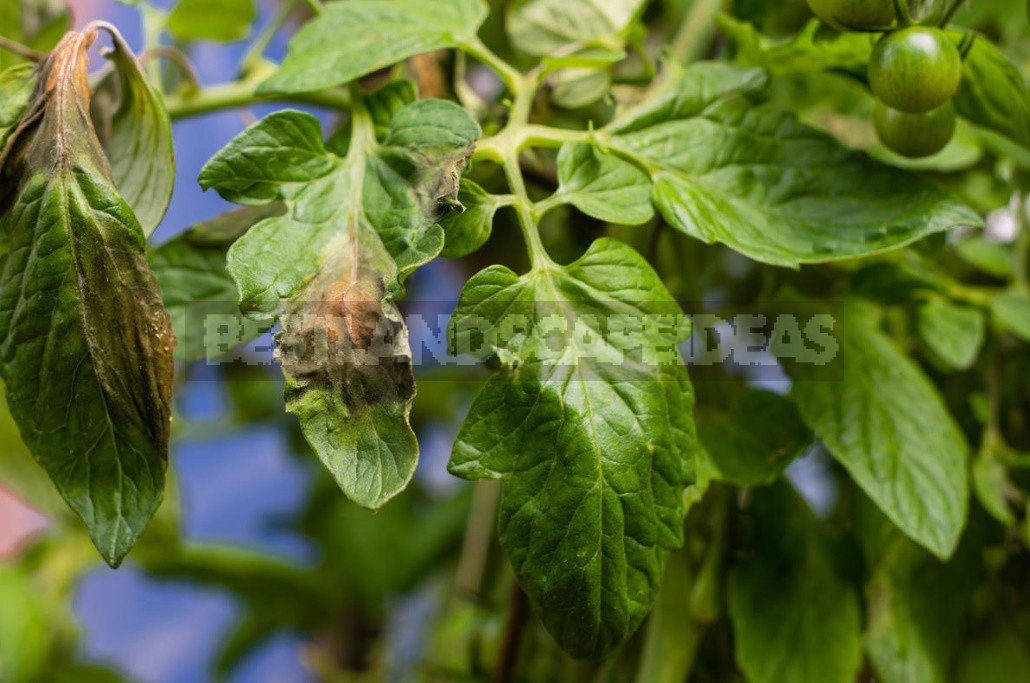
It should be noted here that different strains of this bacterium work with different efficiency under seemingly identical conditions. Conversely, the same strain under different conditions can fight plant infection with more or less success. This is why drug developers specify certain rules for their use. It can vary greatly in the preparations of individual manufacturers, although each of them is based on the same Bacillus subtilis.
Recently, the most modern preparations use certain elements of B. subtilis as so — called elicitors-substances that can cause an immune response in plants. After treatment with such drugs, the plant is ready to meet with a real pathogen, that is, it acquires a certain resistance.
Despite its popularity among scientists and plant breeders, B. subtilis has not yet opened up all its possibilities to people. Therefore, research on its own and biologically active substances that it forms during its life, continues to this day.
They suppress phytopathogens and stimulate growth
Among the bacteria of the genus Pseudomonas, there are harmful microorganisms that cause serious plant diseases. However, this genus also has representatives that are useful for us-these are saprotrophic bacteria that populate the root zone in the soil and are natural regulators of phytopathogenic microorganisms. These include Pseudomonas fluorescens, Pseudomonas putida, and Pseudomonas aureofaciens.

Pseudomonas fluorescens produce antibiotics and bacteriocins. Bacteriocins are specific proteins that suppress the activity of cells of other strains of the same species or related species of bacteria. Therefore, P. fluorescens is used to fight pathogenic bacteria of the genus Pseudomonas, as well as other pathogens.
P. fluorescens also produce growth stimulants. It is due to the presence of these bacteria in the root zone of plants in neutral or slightly alkaline soils that the processes of suppression or displacement of harmful microorganisms that can cause plant diseases are underway. Scientists call such soils suppressive.
Relieves plants from stress, enriches with nitrogen and promotes self-cleaning of soils
Azotobacter chroococcum was first described in 1901. This bacterium is a free-living nitrogen fixator. There is no nitrogen, no protein, no chlorophyll; in fact, no plants. In addition, A. chroococcum synthesizes various phytohormones, including auxins, respectively-it is a natural producer of plant growth stimulants.
Allocates A. chroococcum and exopolysaccharides. These interesting substances perform many functions. One of them is the ability to mobilize heavy metals in the soil. The presence of this bacterium in the soil layer contributes to self — cleaning of land contaminated with heavy metals-cadmium, mercury, lead. It should be noted that the ability to self — clean is one of two indicators of healthy soil (the second such indicator is the suppressiveness we have already mentioned).
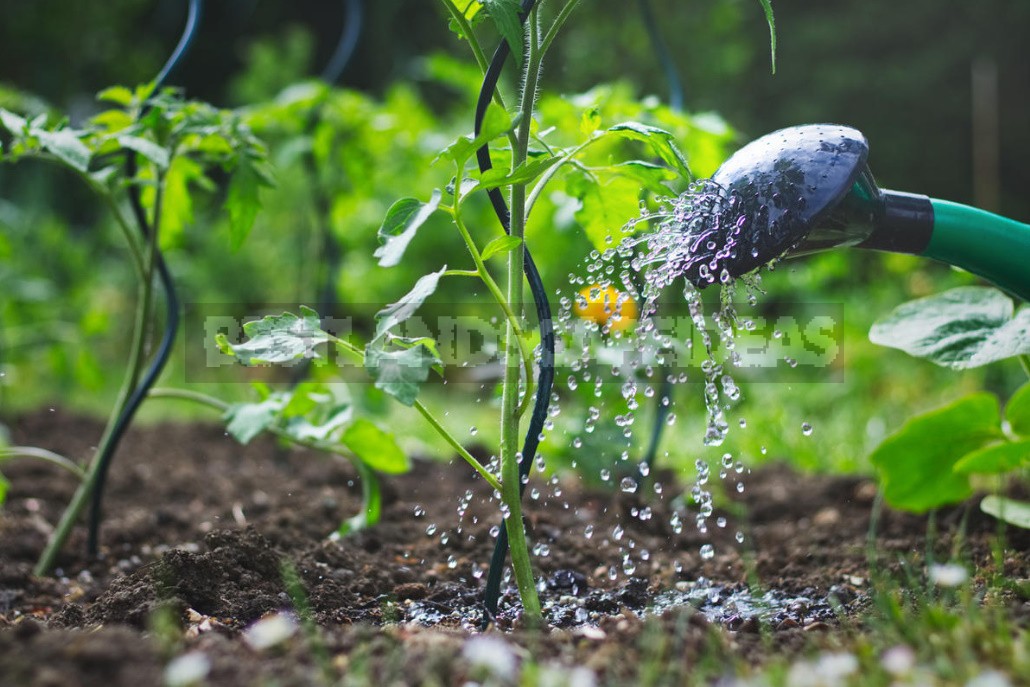
Also, exopolysaccharides significantly affect the ability of plants to recover from stress-negative natural phenomena, chemical burns, etc. It is not surprising that A. chroococcum is used not only as one of the main components of microbiological fertilizers (activators), but also as part of innovative anti-stress programs designed to support and restore plants after herbicide burns, frosts, hail damage, etc.
Mobilizes phosphorus and makes it available
The metabolism of plants is largely dependent on phosphorus. With its lack, nitrogen is not included in the composition of proteins and nucleic acids (carriers of genetic information) of plants, but accumulates in the form of nitrites and nitrates. Nature has its own ways to prevent such negative consequences, namely, the presence of phosphorizing bacteria in the soil. A bright representative of this group is considered to be Bacillus megaterium. It releases phosphorus from organic matter and converts it into soluble phosphoric acid salts. It is obvious that Bacillus megaterium plays an important role in the synergistic interaction of organic and microbiological fertilizers.

Bacillus megaterium produces a number of biologically active substances, among which a special place is occupied by vitamins B1, B3, B5, B6, B7, B12. Therefore, B. megaterium is often included in the microbiological fertilizers that are used to process seeds, they have a favorable effect on the first stages of plant development.
Stimulates the development of beneficial microbial flora
Another bacterium is known for its useful activity to mankind since time immemorial. Not knowing about the existence of such microscopic creatures as bacteria, people took full advantage of the results of the work of Lactococcus lactis. This is the most typical representative of lactic acid bacteria. It is used to prepare dough, cocoa, some dairy products, canned vegetables and even silage for Pets.
And in nature, L. lactis stimulates the development of natural microbial flora. Included in the composition of microbiological preparations, the bacterium plays an important role-it helps good-neighborly relations of other microorganisms that make up their composition.

Conclusions about the benefits of bacteria
Unfortunately, it is not possible to mention all the microorganisms that perform the most important functions necessary for the normal existence of soil and plants in a single article. Let’s summarize why the soil and plants need useful bacteria in General.
- Useful bacteria are involved in a variety of chemical reactions and processes that occur in the soil, increasing its biological activity.
- In the process of life, they participate in humus formation, that is, in the creation of organic matter.
- Make the soil healthy, allow it to control the number of phytopathogenic microorganisms and self-clean from harmful impurities.
- They establish a balanced nutrition of plants, provide them with available forms of macronutrients.
- Protect and stimulate plants at the seedling stage.
- They stimulate root formation of plants and protect the root system from pathogenic bacteria and fungi.
- Increase plant resistance to diseases and adverse environmental factors.
